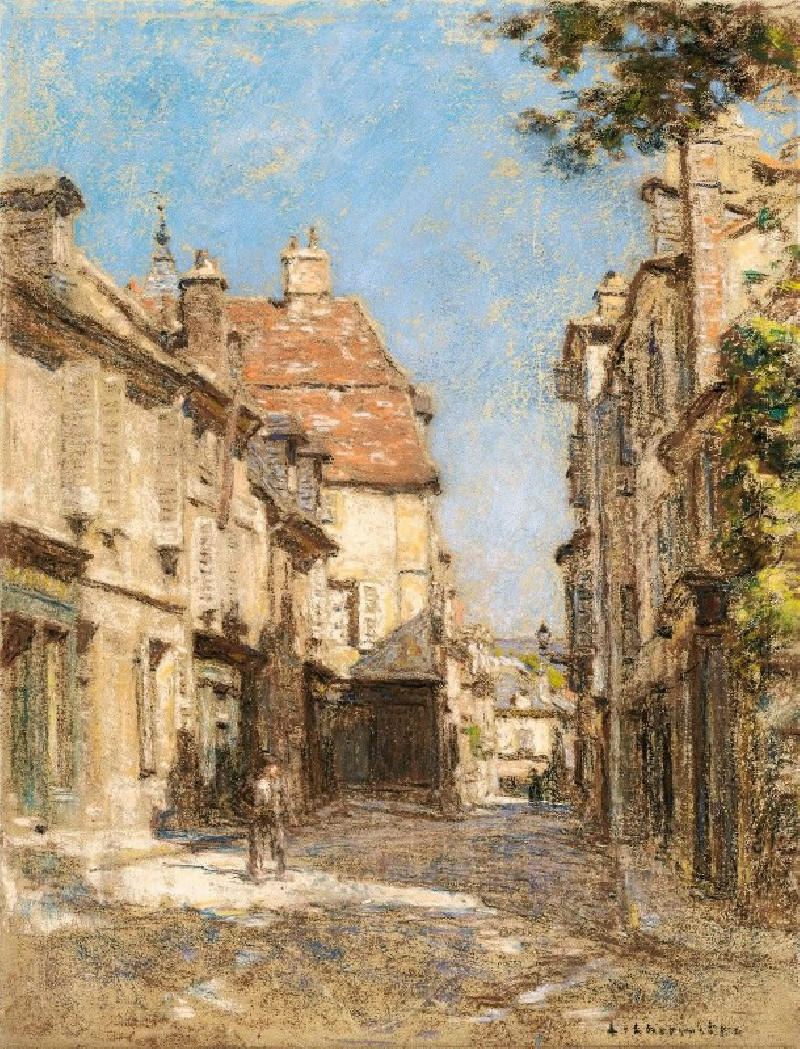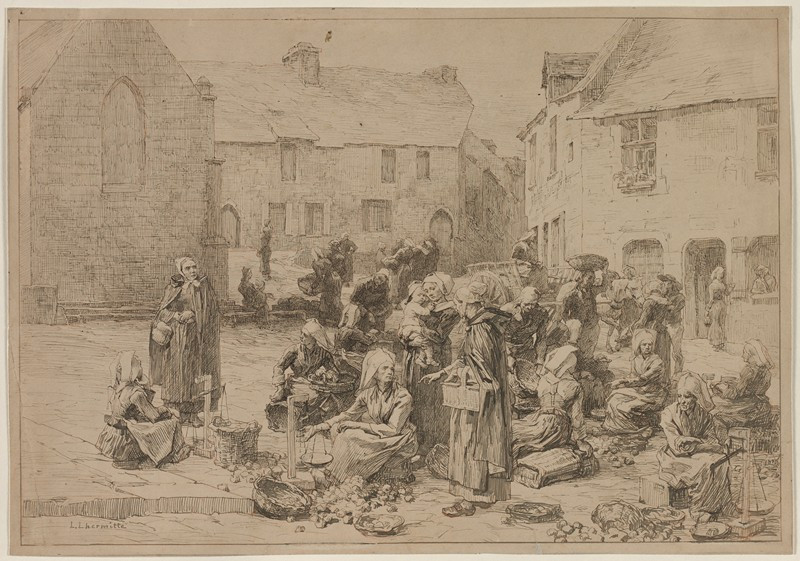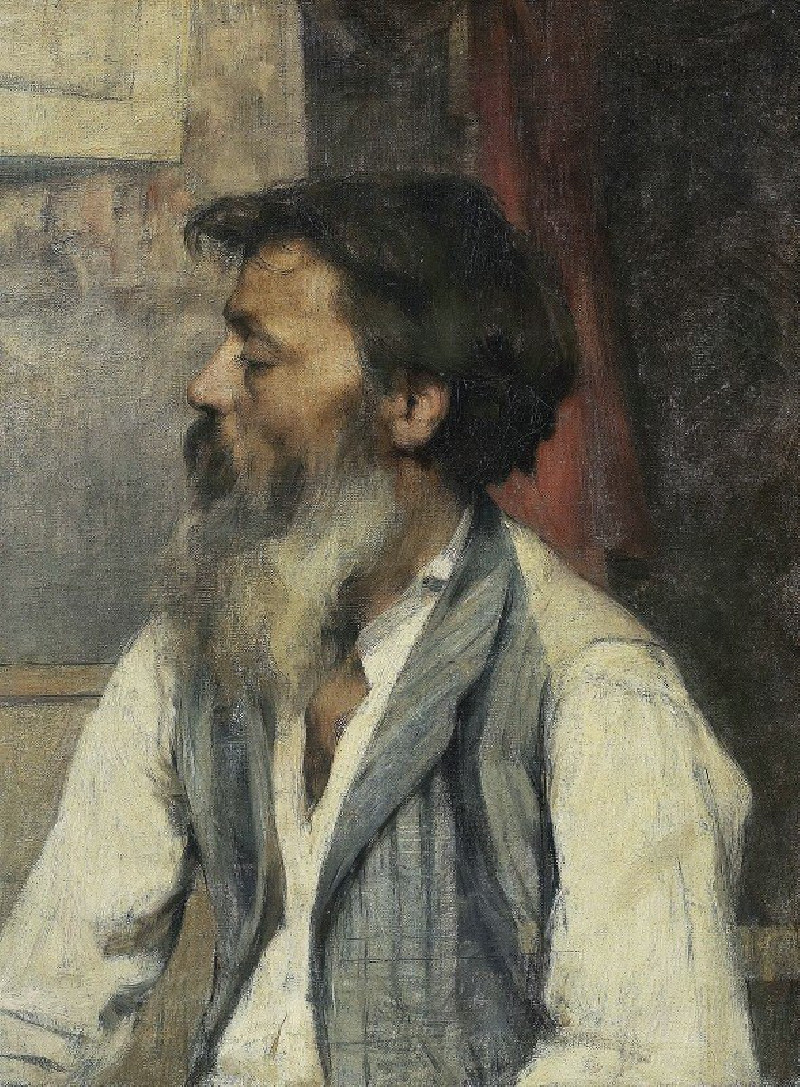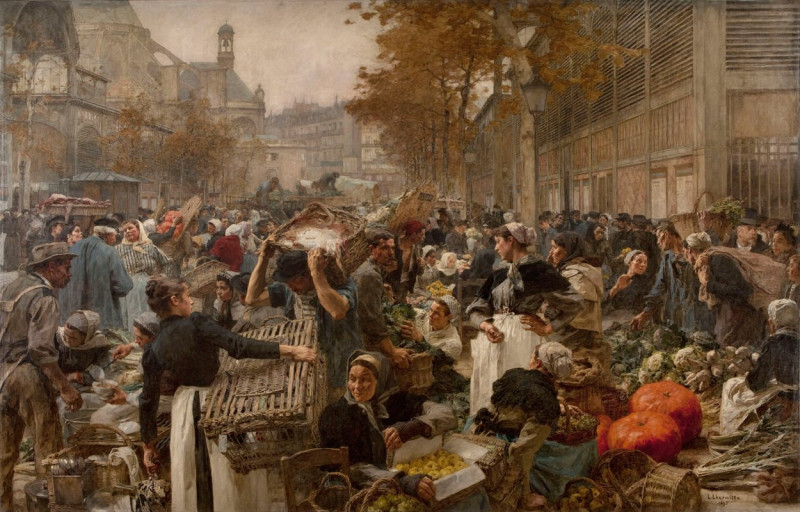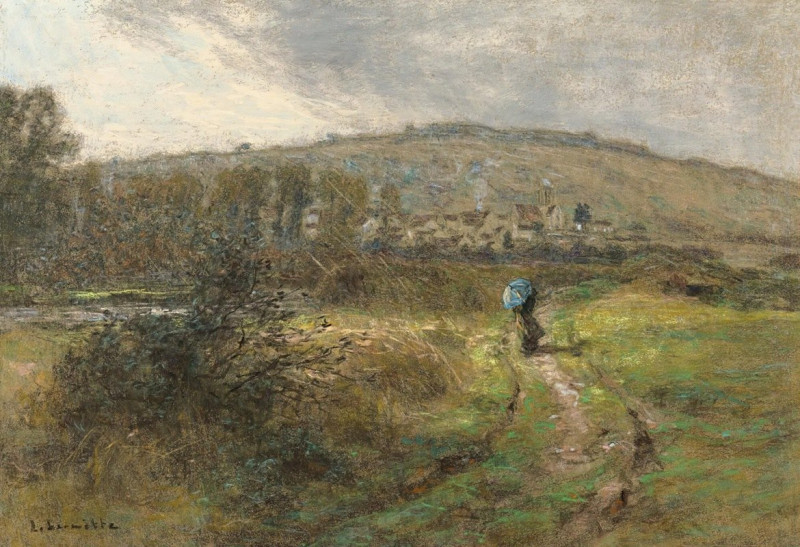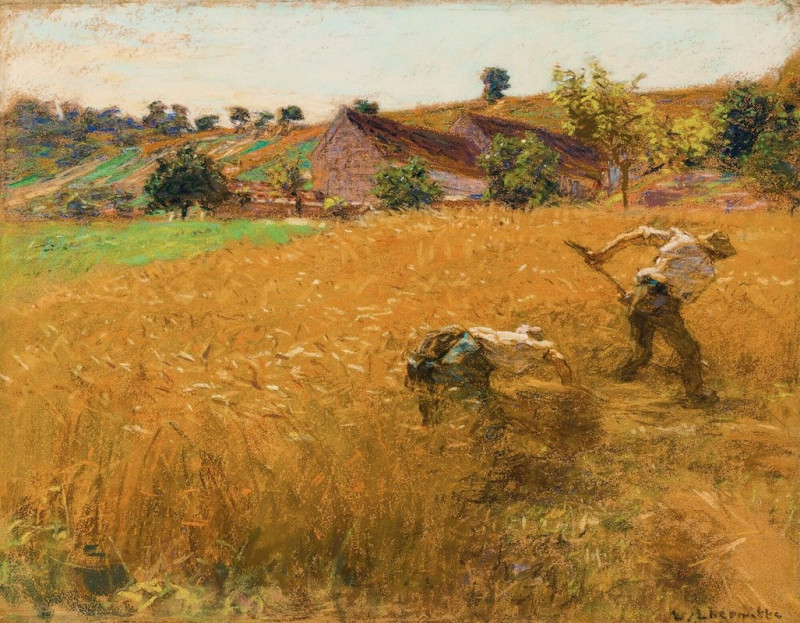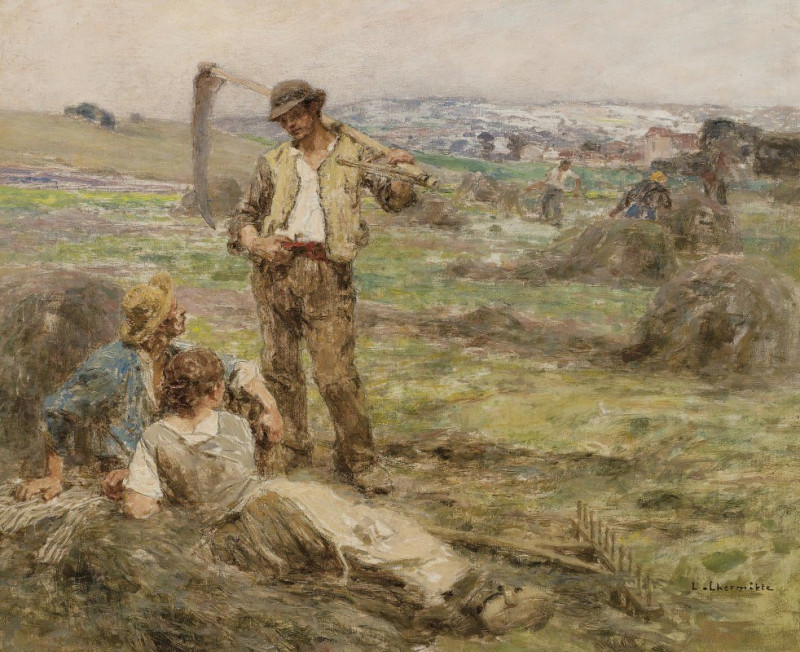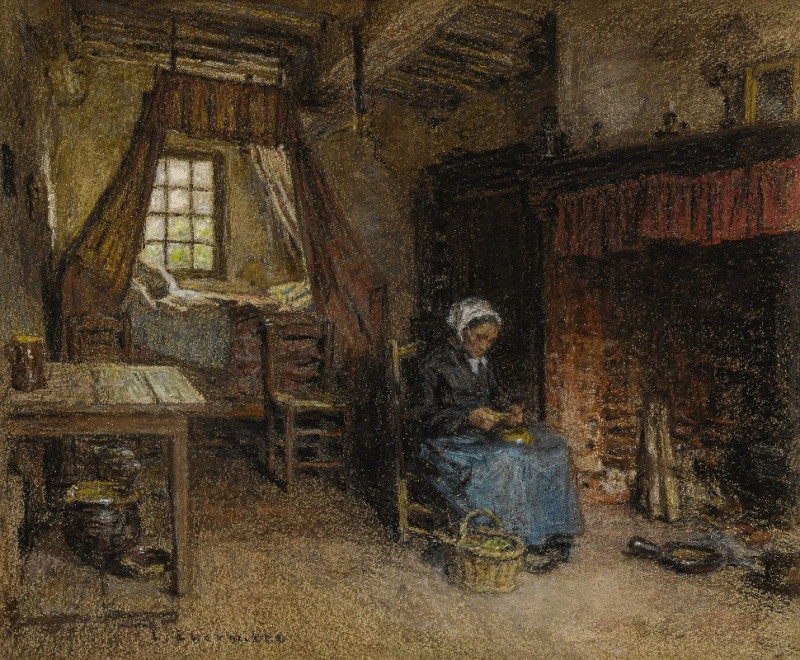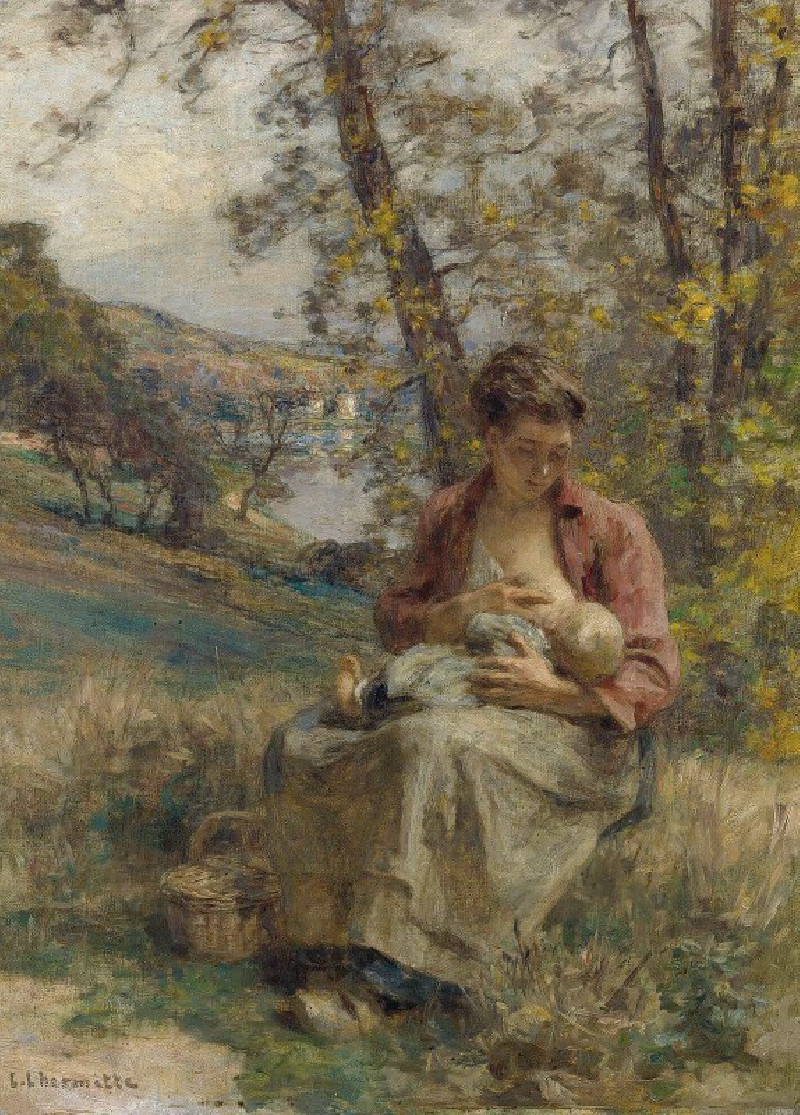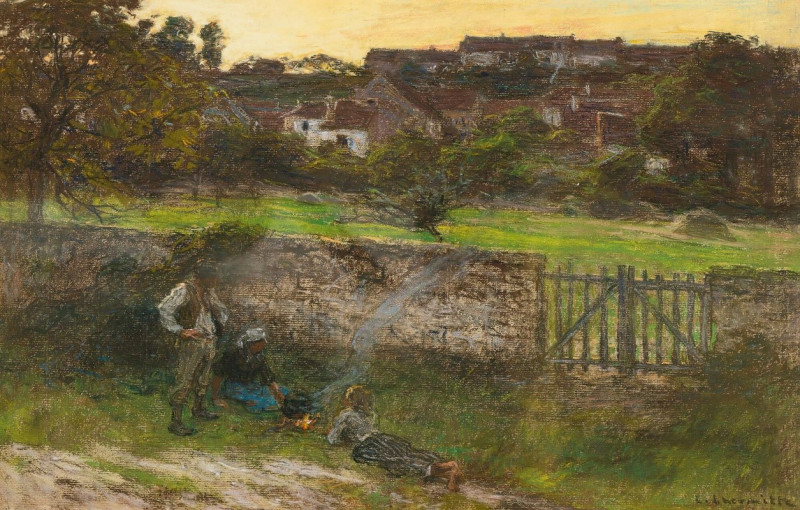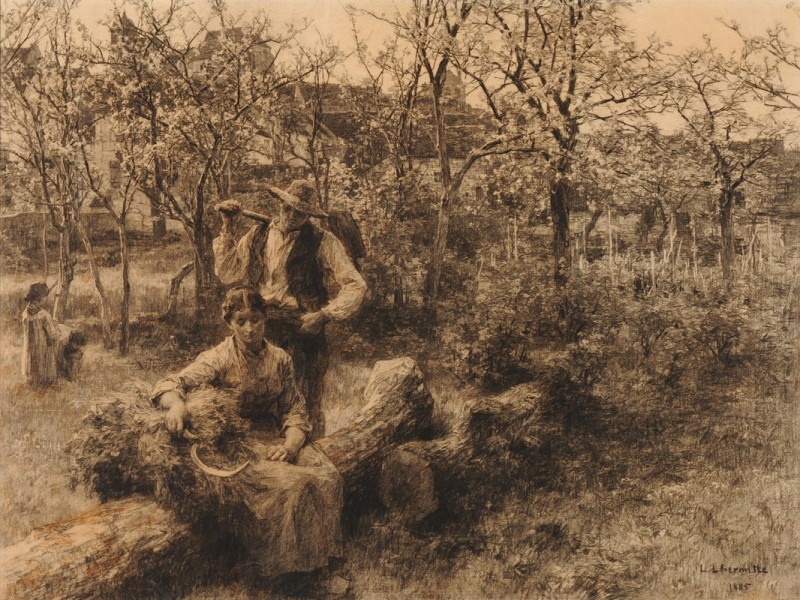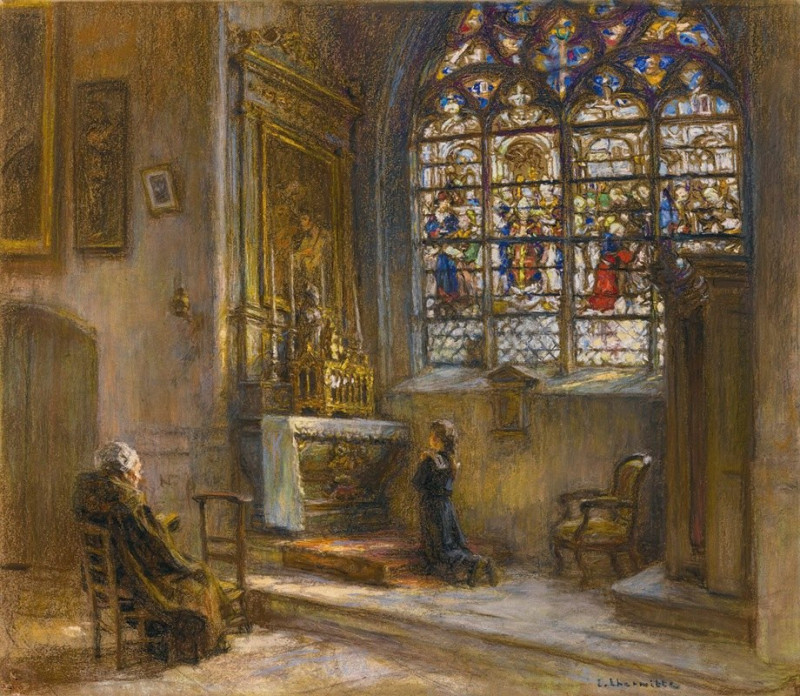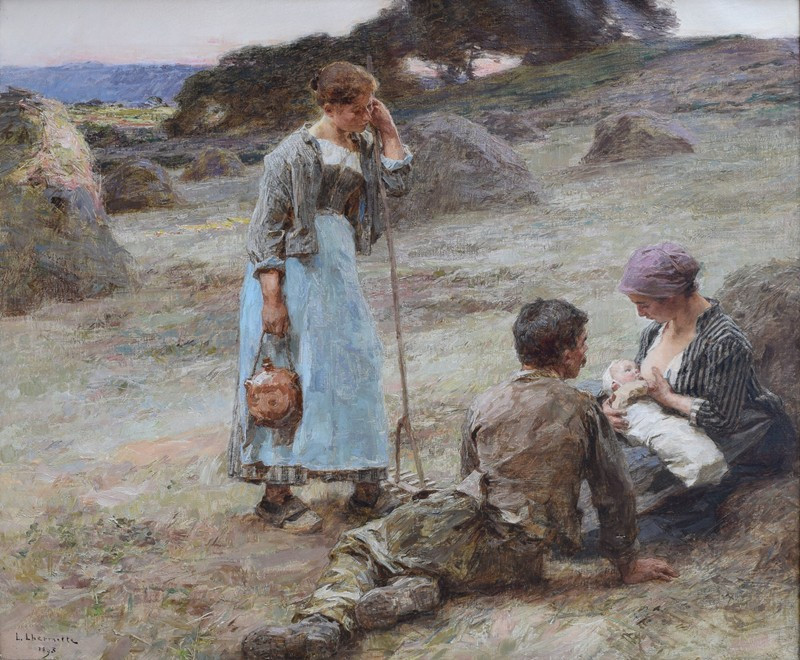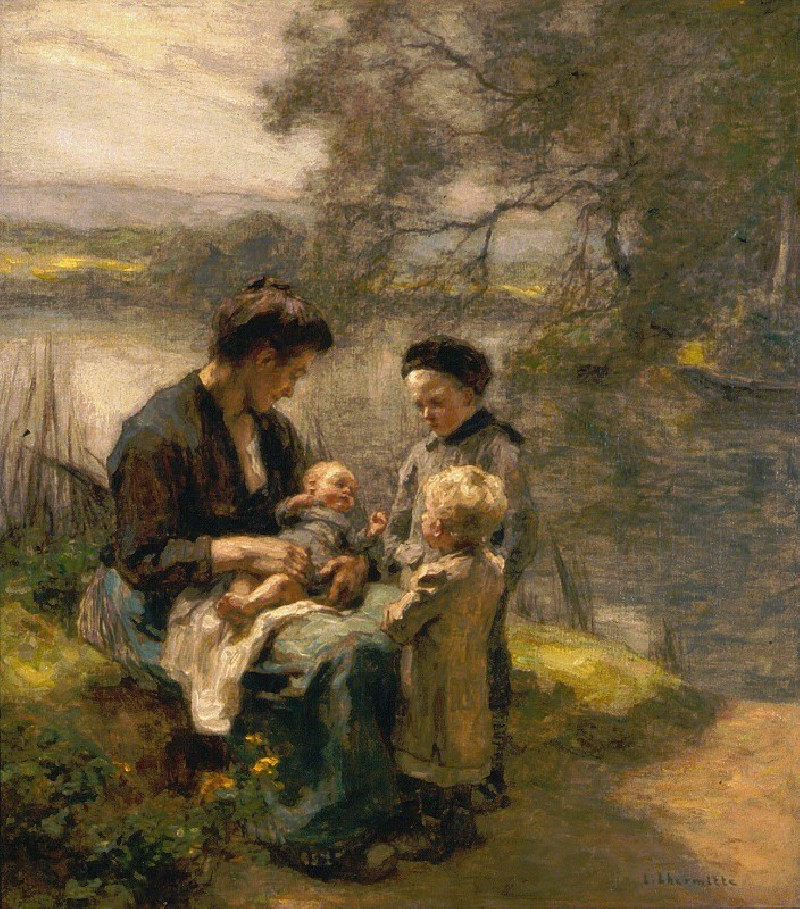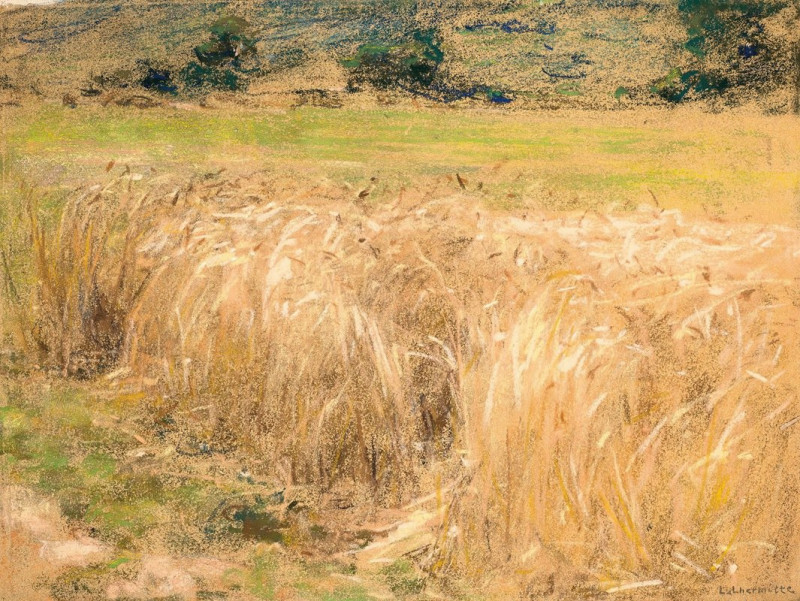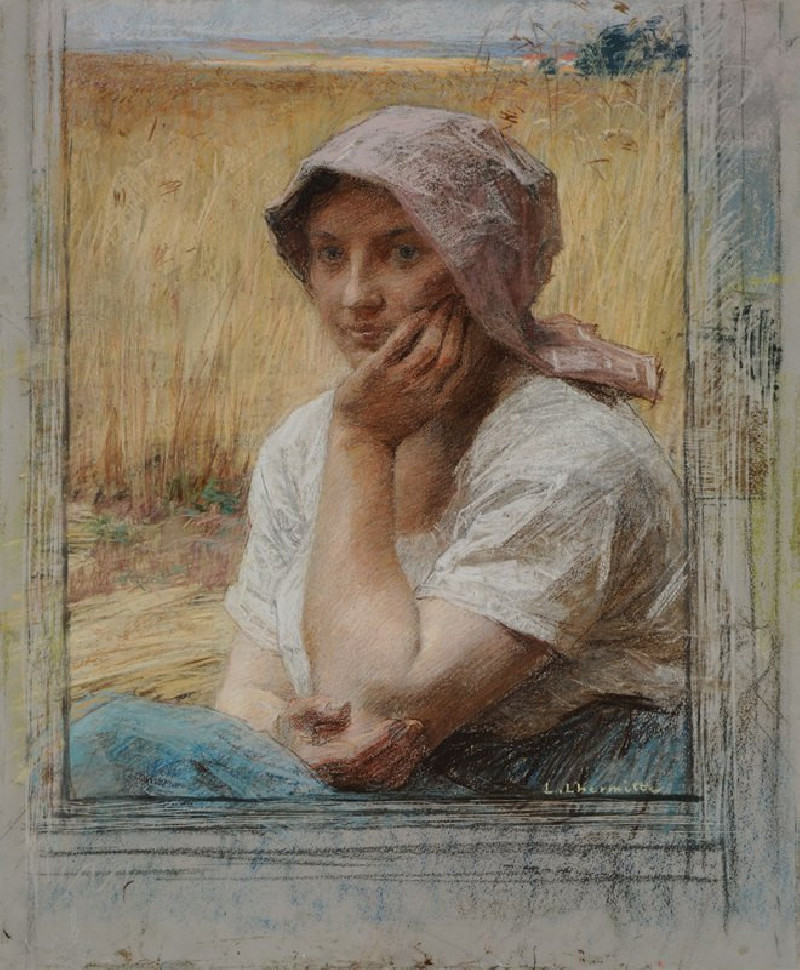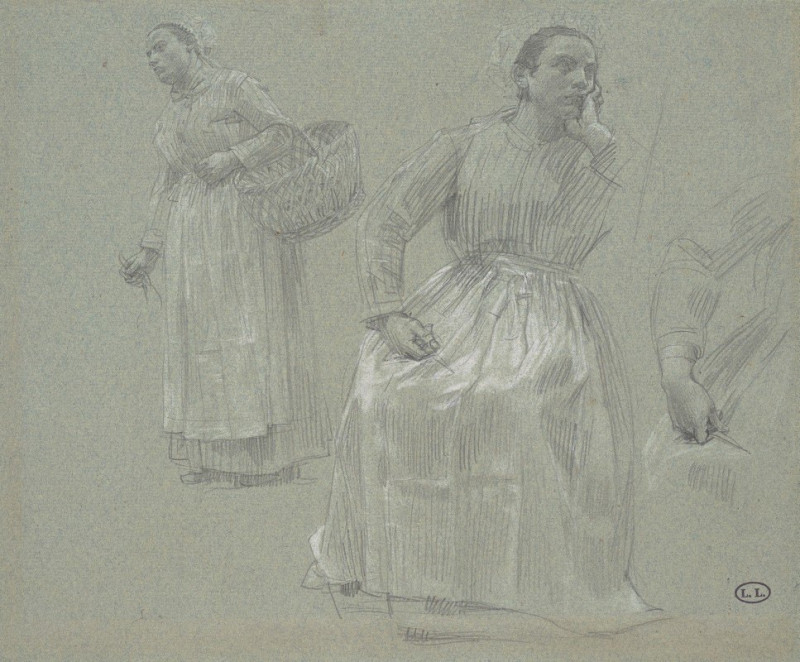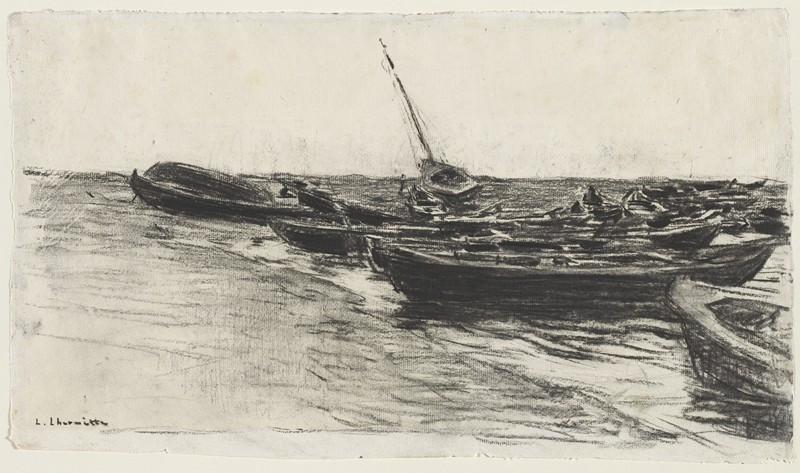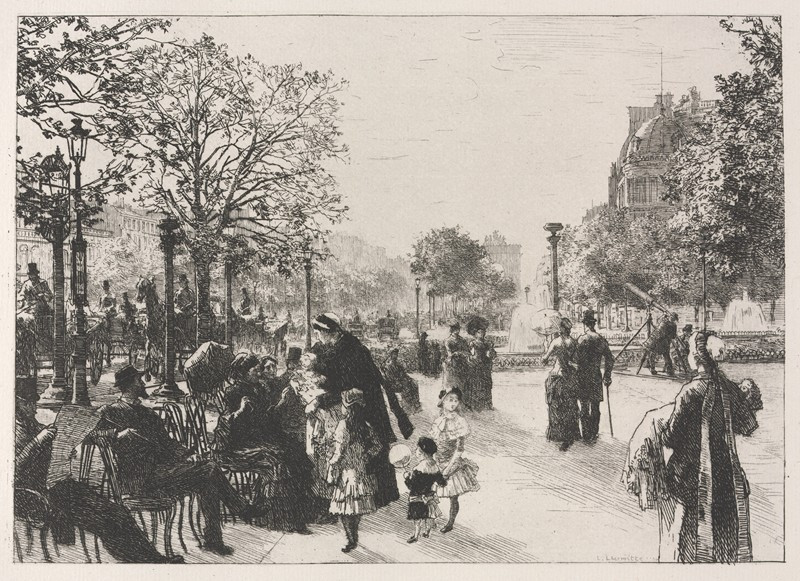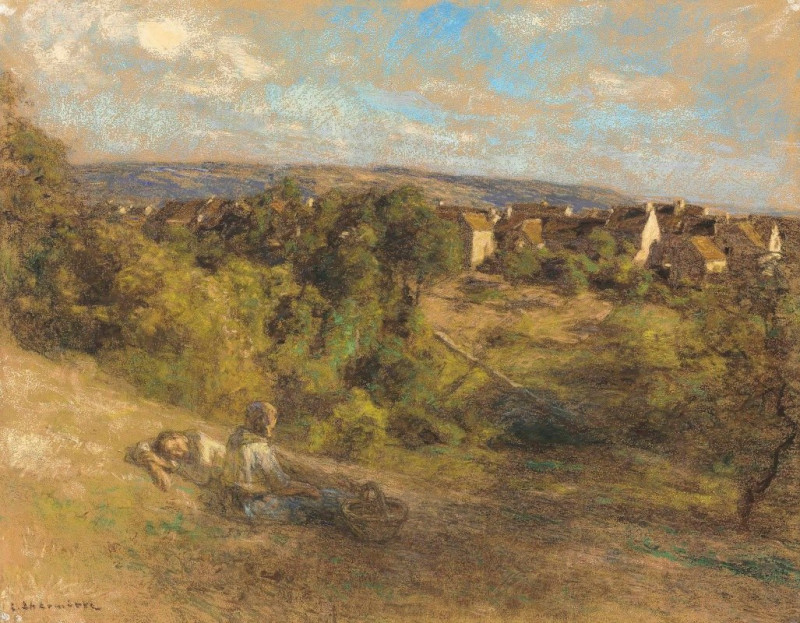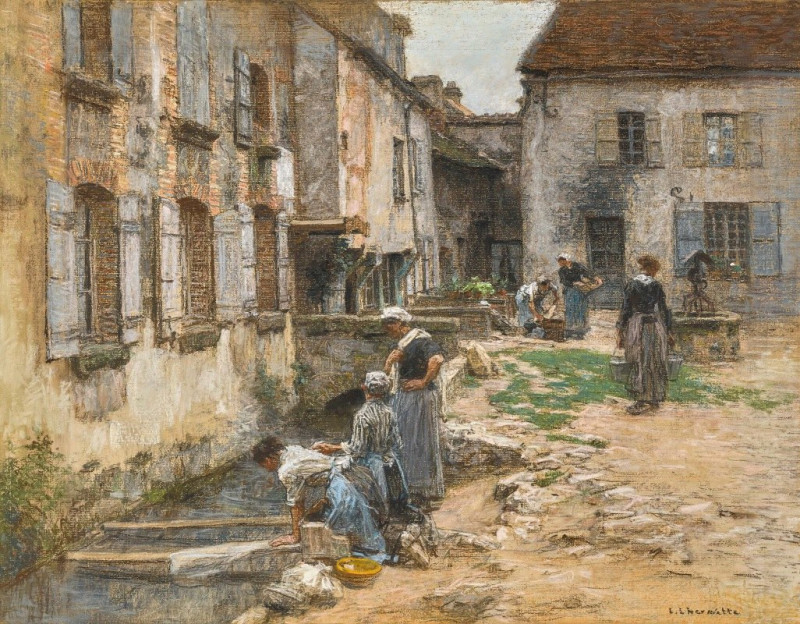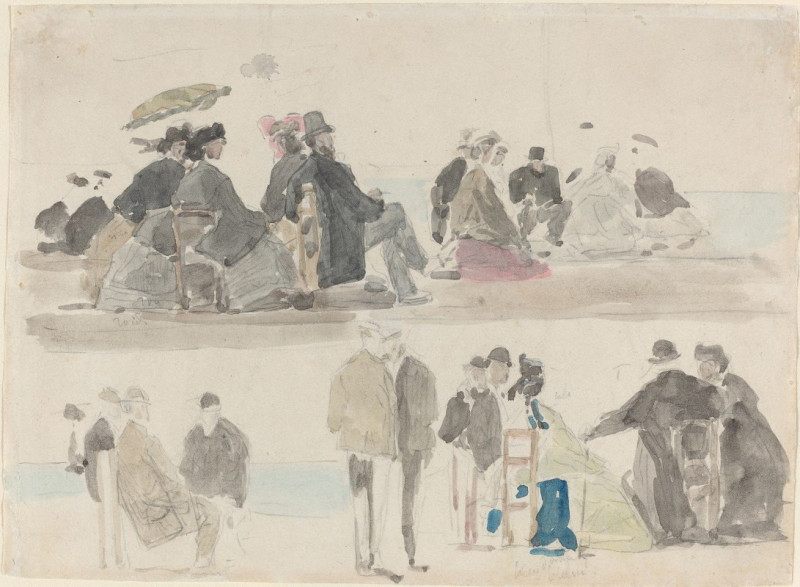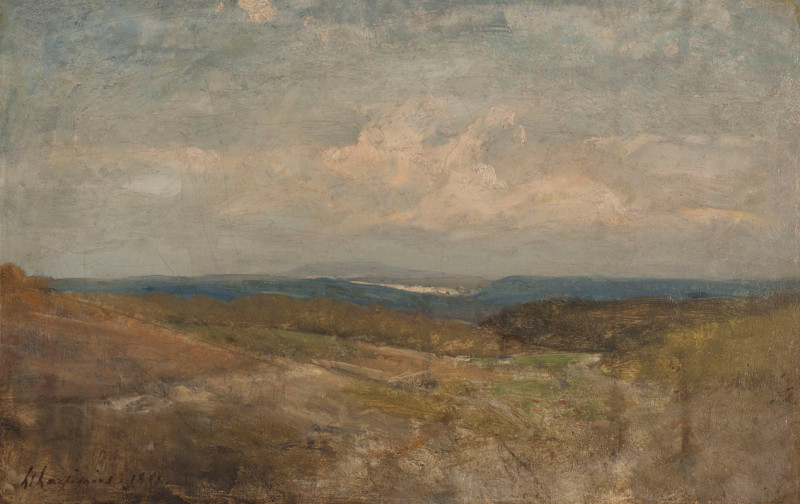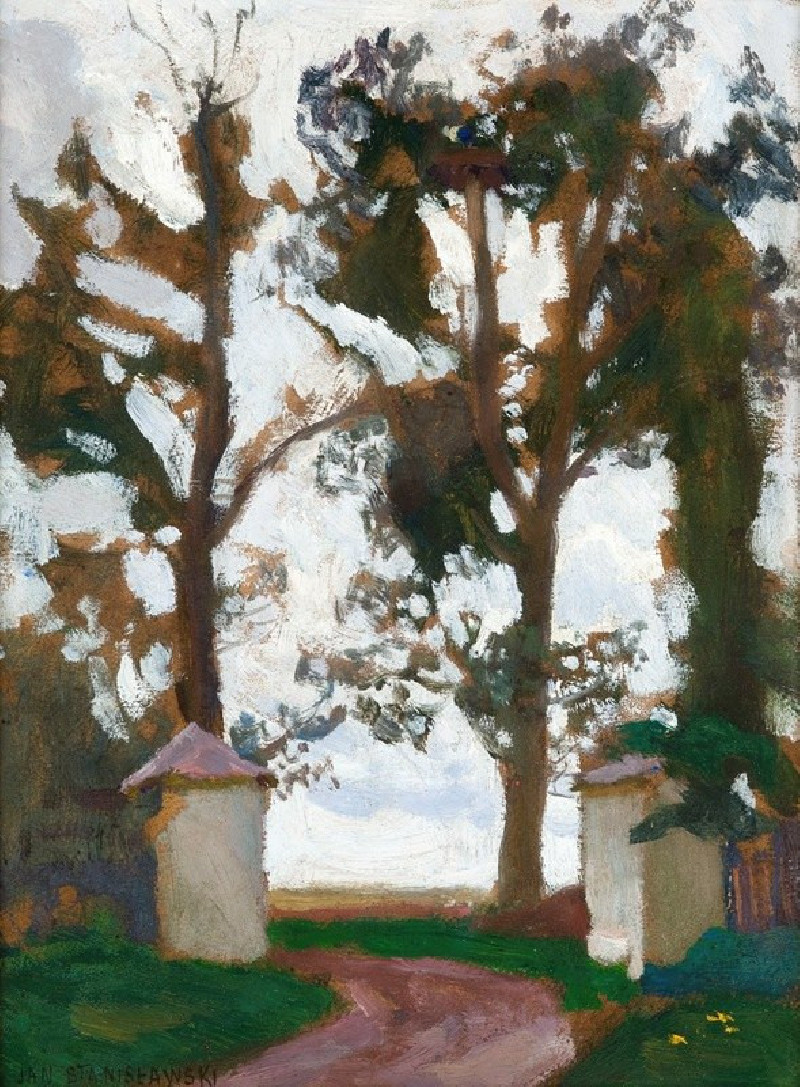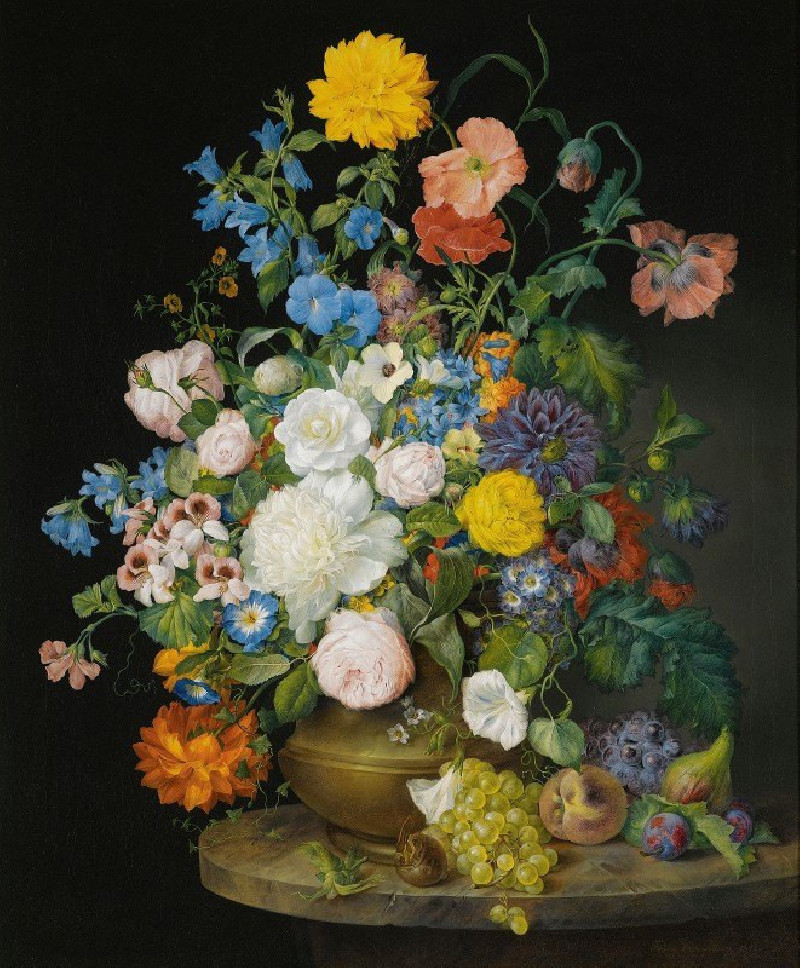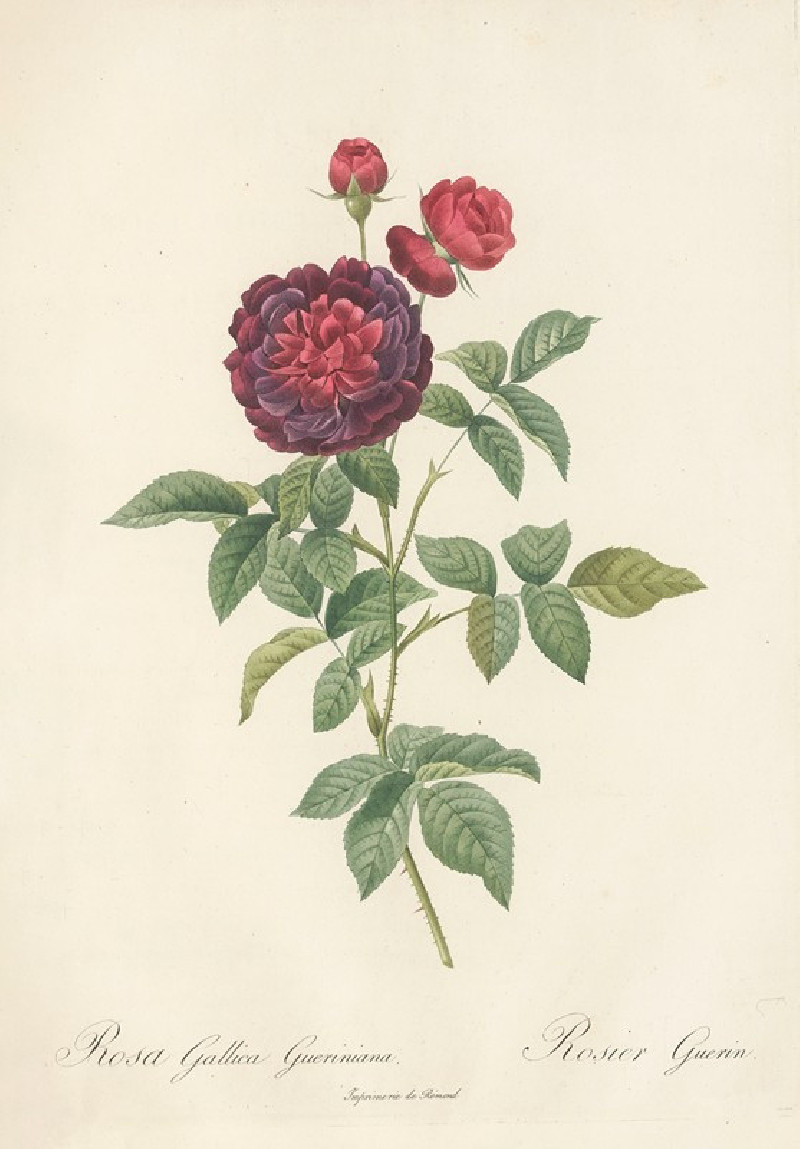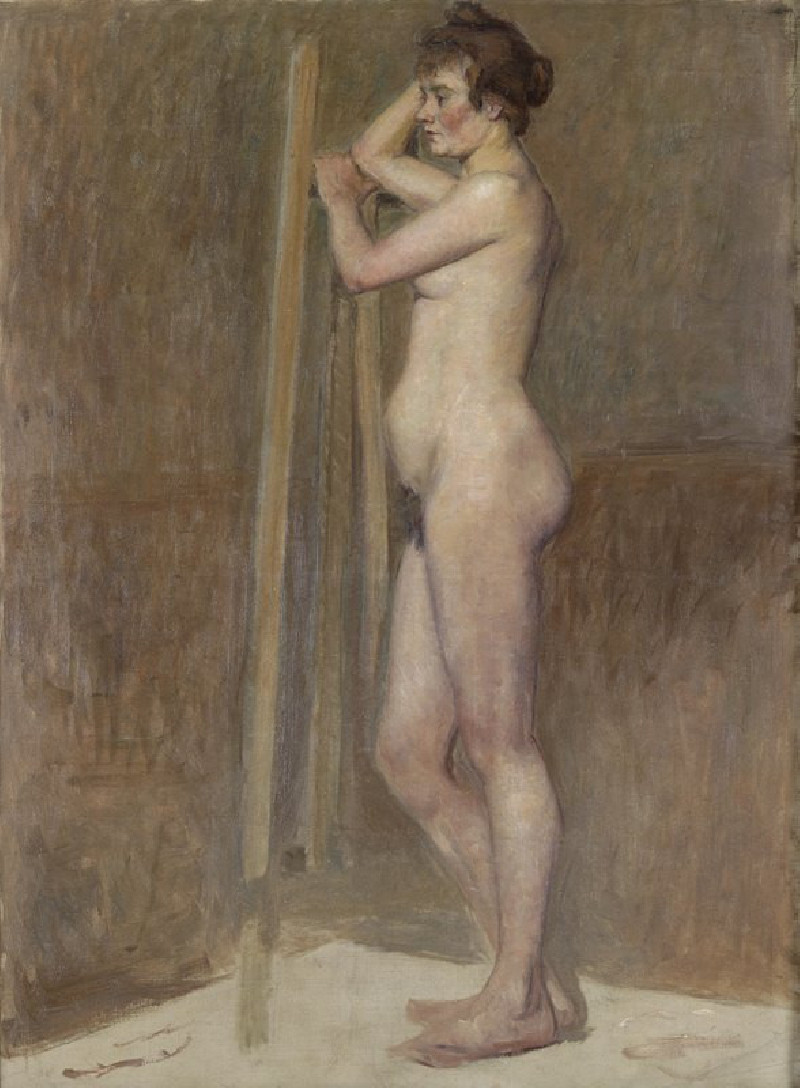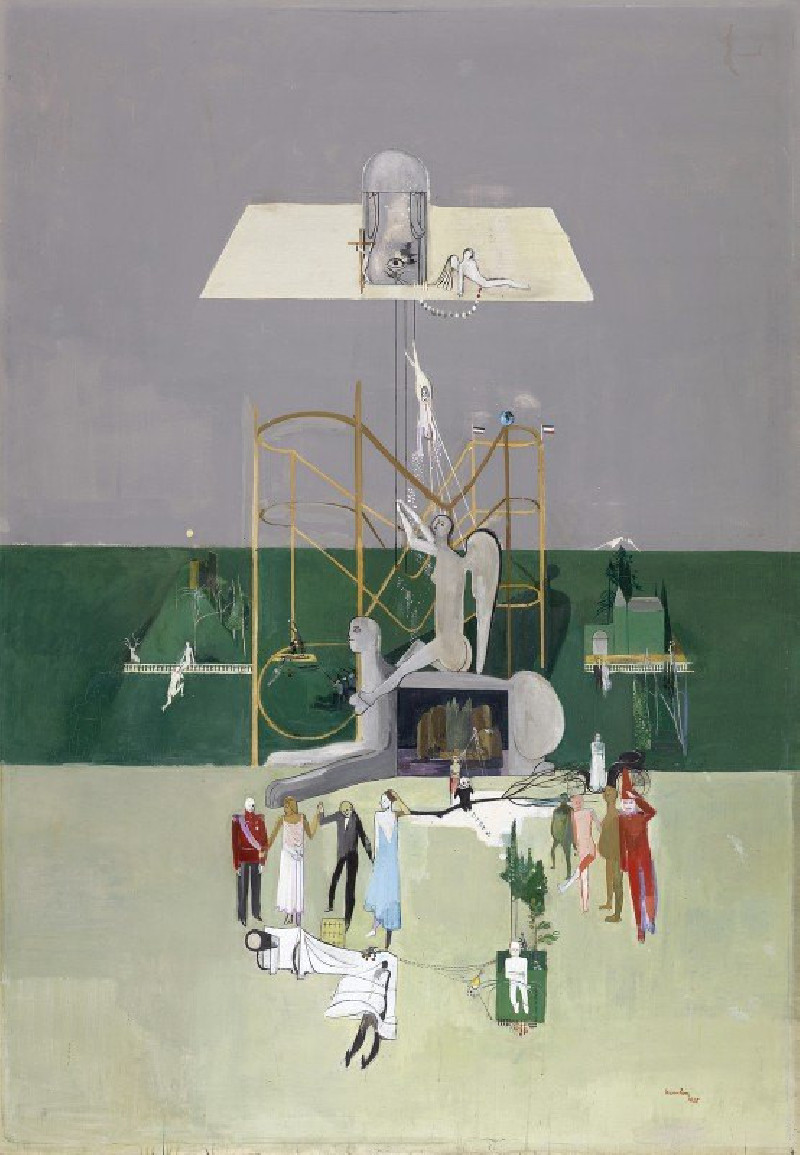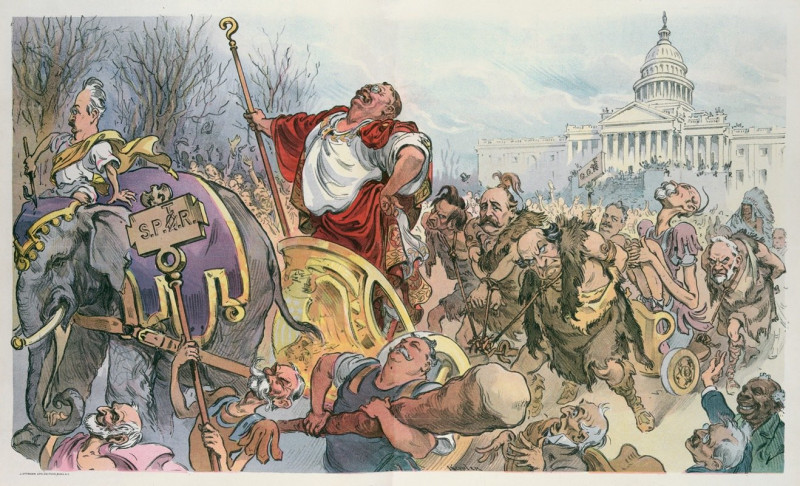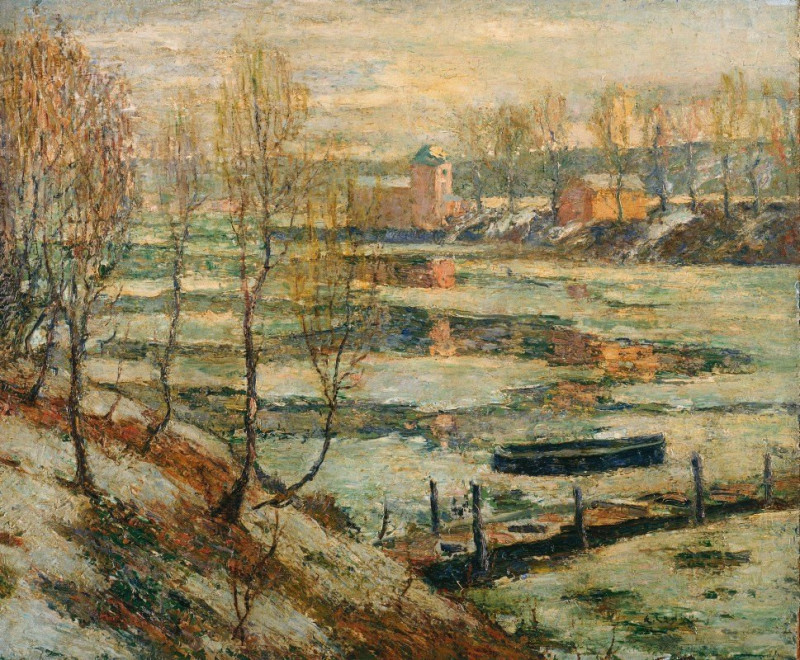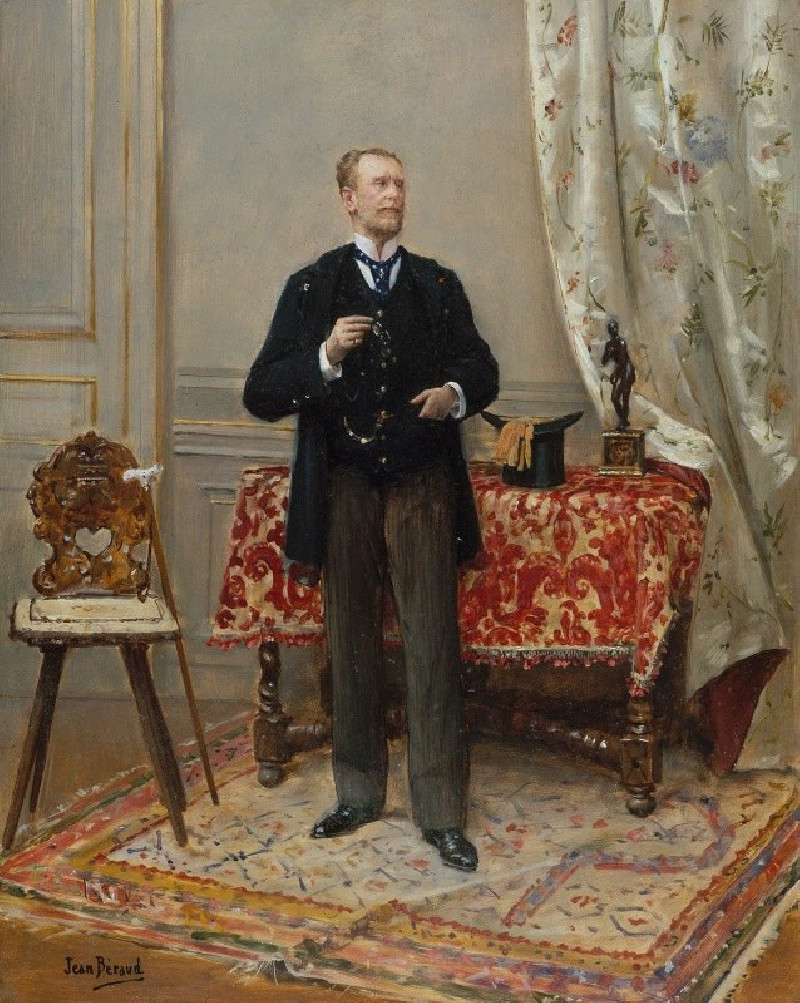Une Rue À Bourges
Technique: Giclée quality print
Recommended by our customers
More about this artwork
"Une Rue À Bourges," masterfully painted by Léon Augustin Lhermitte, offers viewers a mesmerizing glimpse into the quaint charm of historic France. This evocative artwork draws us into a seemingly quiet street in Bourges, encapsulating the serene spirit of a bygone era.In the painting, we are led down a narrow cobblestone street flanked by aging buildings that whisper tales of centuries past. The architecture is distinctly European, with shuttered windows and rustic facades that exemplify the historical essence of Bourges. The scene is bathed in a soft, natural light suggesting a late afternoon, where shadows and highlights dance delicately across the surfaces.At the end of the street, the composition opens up to reveal a hint of a grand structure, possibly a church or a cathedral, typical of French towns where such buildings often command the skyline. Above, the sky is rendered with broad, expressive strokes, contributing to a feeling of expansiveness and depth.Lhermitte's use of color and light brings vibrancy to the scene, with warm earth tones and subtle shades of green and blue creating a realistic yet somewhat romantic portrayal. The artist's brushwork is both detailed and impressionistic, allowing the textures of stone, plaster, and foliage to emerge, giving the viewer a sense of the tactile qualities of the scene."Une Rue À Bourges" is not just a visual journey, but an invitation to ponder the stories and lives intertwined with these old streets. Lhermitte, renowned for his realist approach, captures not only the visual beauty of Bourges but also its enduring spirit.
Delivery
Returns
Léon Augustin Lhermitte was a French naturalist painter and etcher whose primary subject matter was rural scenes depicting peasants at work.
He was a student of Lecoq de Boisbaudran, he gained recognition after his show in the Paris Salon in 1864.
His many awards include the French Legion of Honour (1884) and the Grand Prize at the Exposition Universelle in 1889.


